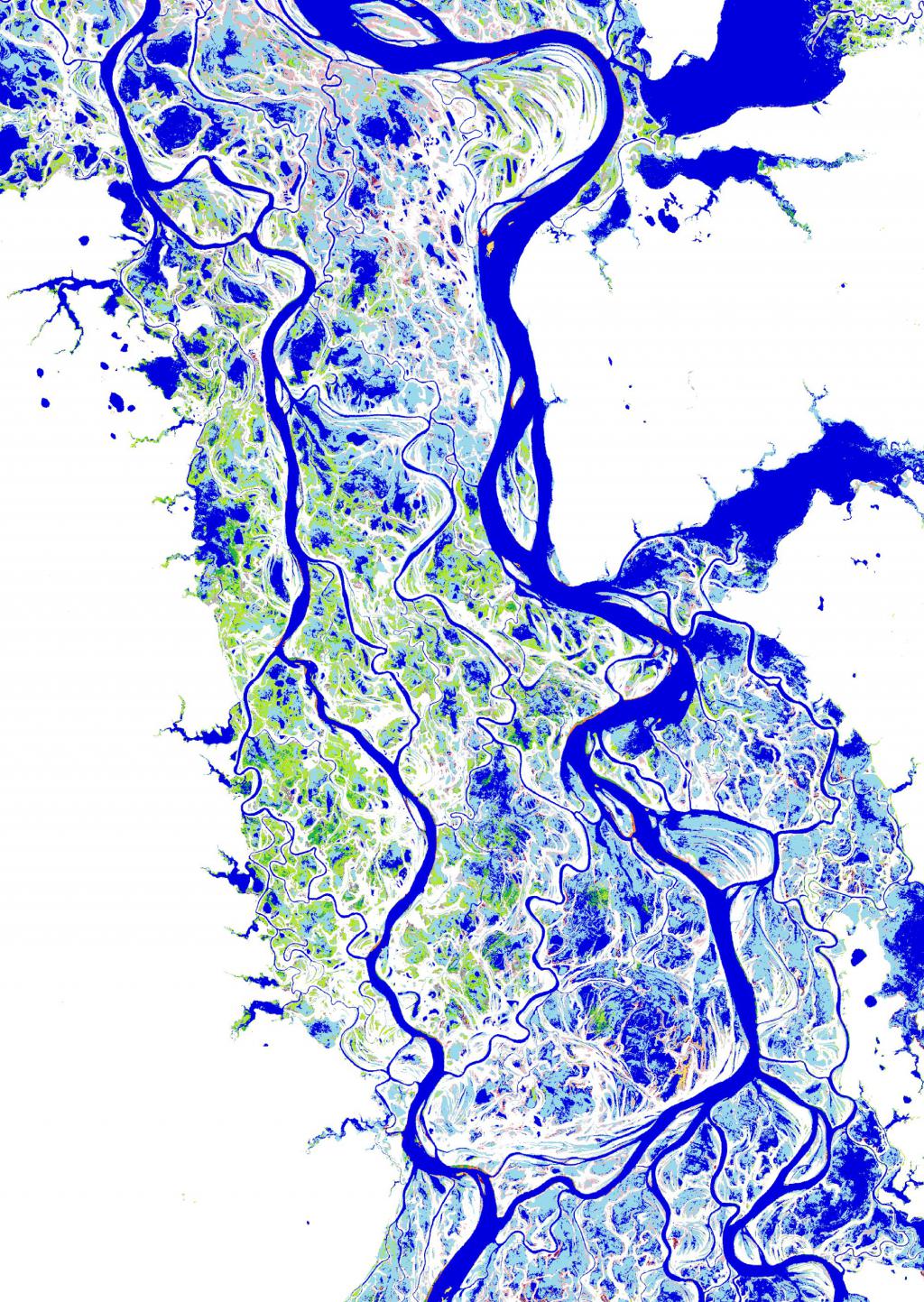The European Commission’s Joint Research Centre (JRC) has published a study of global surface water and its long-term changes in the science journal Nature.
Using three million Landsat images, the research team quantified changes in global surface water sine 1984. The study found that 90,000 square kilometres of water has disappeared. However, 184,000 square kilometres have formed elsewhere. While this seems to indicate a net benefit, the study stated, “Over 70 per cent of global net permanent water loss is concentrated in five countries.”
Furthermore, the authors insisted that “when and where you find water on the planet’s surface is hugely important.” And they continued, “The presence or (absence) of water influences the climate system… as well as CO2 evasion and methane emissions.”
The report is also careful to note that regional variations in the amount of surface water are important in understanding the broader implications. For instance, “Almost 52 per cent of the planet’s truly permanent water occurs in North America, home to less than 5 per cent of the population in 2015…. In contrast, Asia, with 60 per cent of the human population, accounts for only 9 percent of the truly permanent [surface water].”
Much of the increase in surface water is due to reservoir filling, which obscures some of the finer points based on regionality. The study gives the example of the United States, which has a net increase of 0.5 per cent of surface water in the observed time. However, due to drought and sustained human demand, six western states lost 33 per cent of surface water.
The JRC is the European Commission’s science and knowledge service. Its mandate is to support EU policies with independent evidence to support policy action. The JRC works to impact the lives of European citizens by delivering research that contributes to a healthy and safe environment, secure energy supplies, sustainable mobility, and consumer health and safety.
You can read the article in Nature. There is also an online surface water app.
The river OB in Western Siberia, Russia. Dark blue is permanent water; lighter blue is areas of seasonal water; green represents new areas of seasonal water; and pink is lost seasonal water. European Joint Commission, Joint Research Centre.










